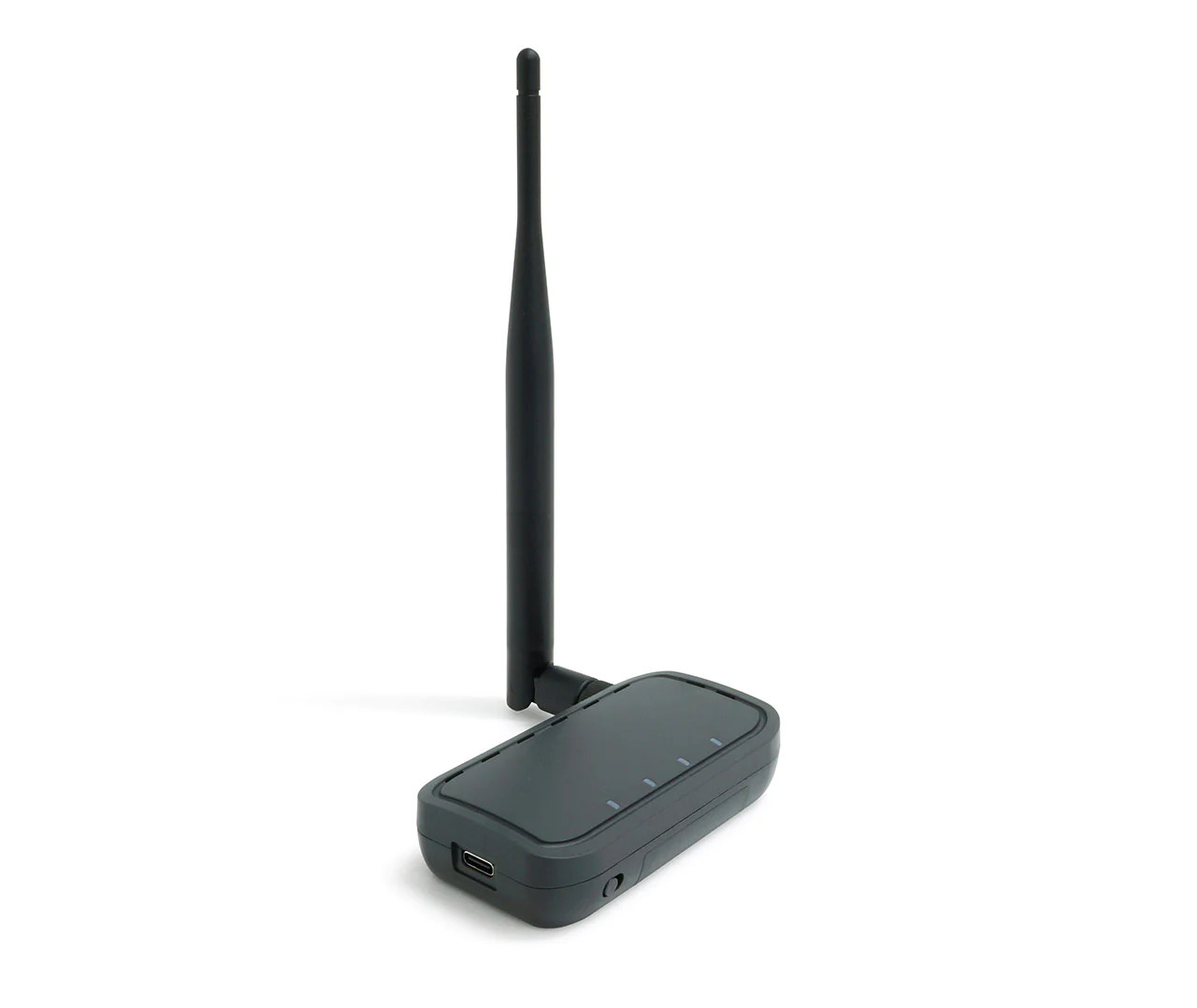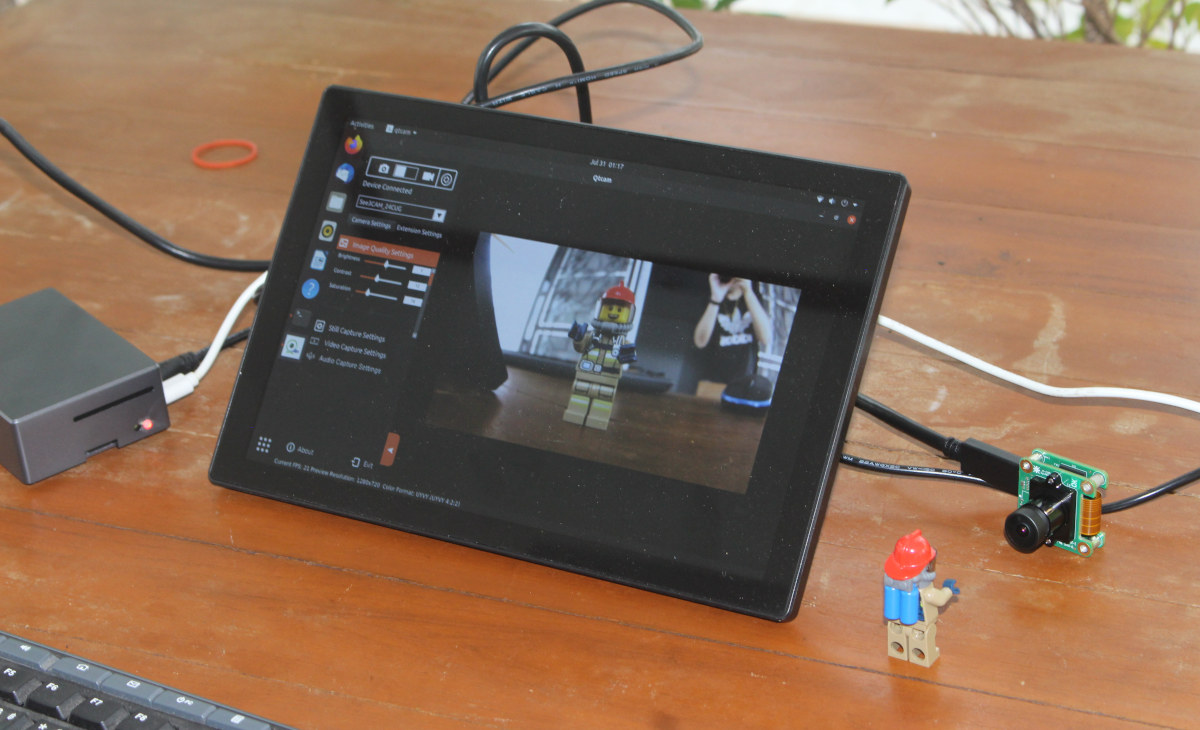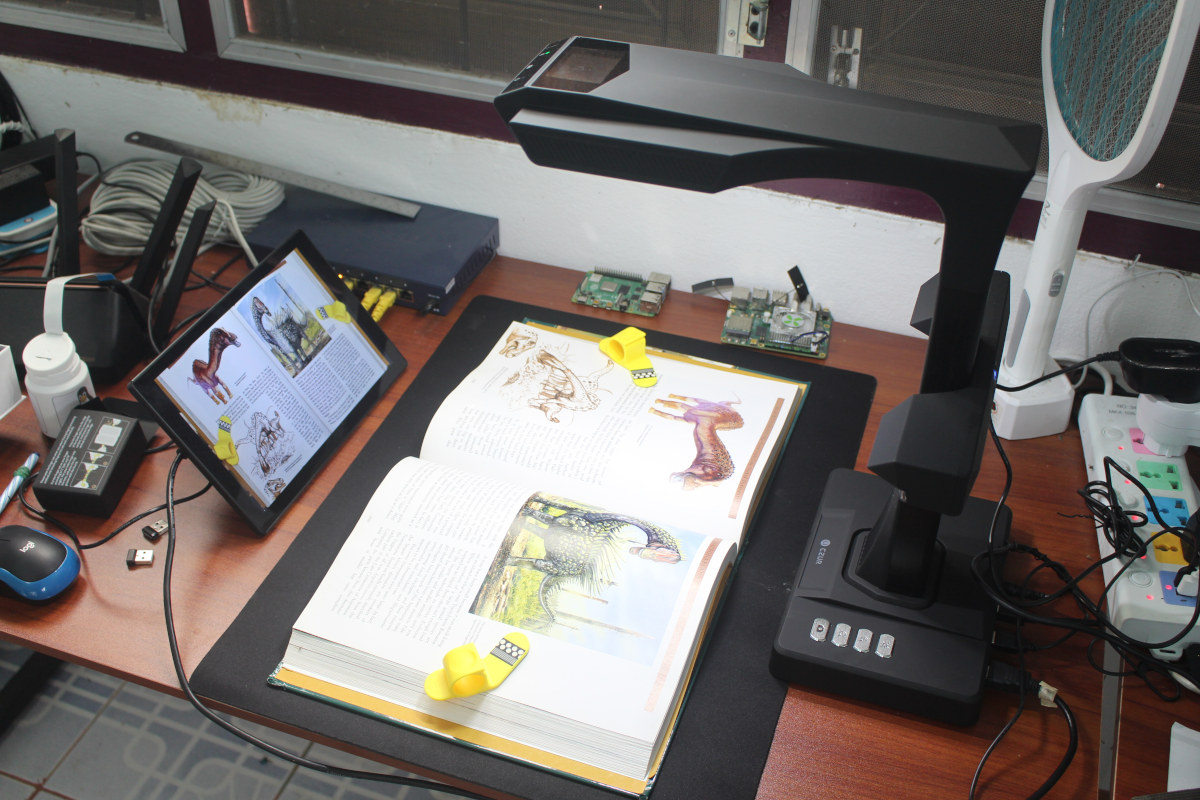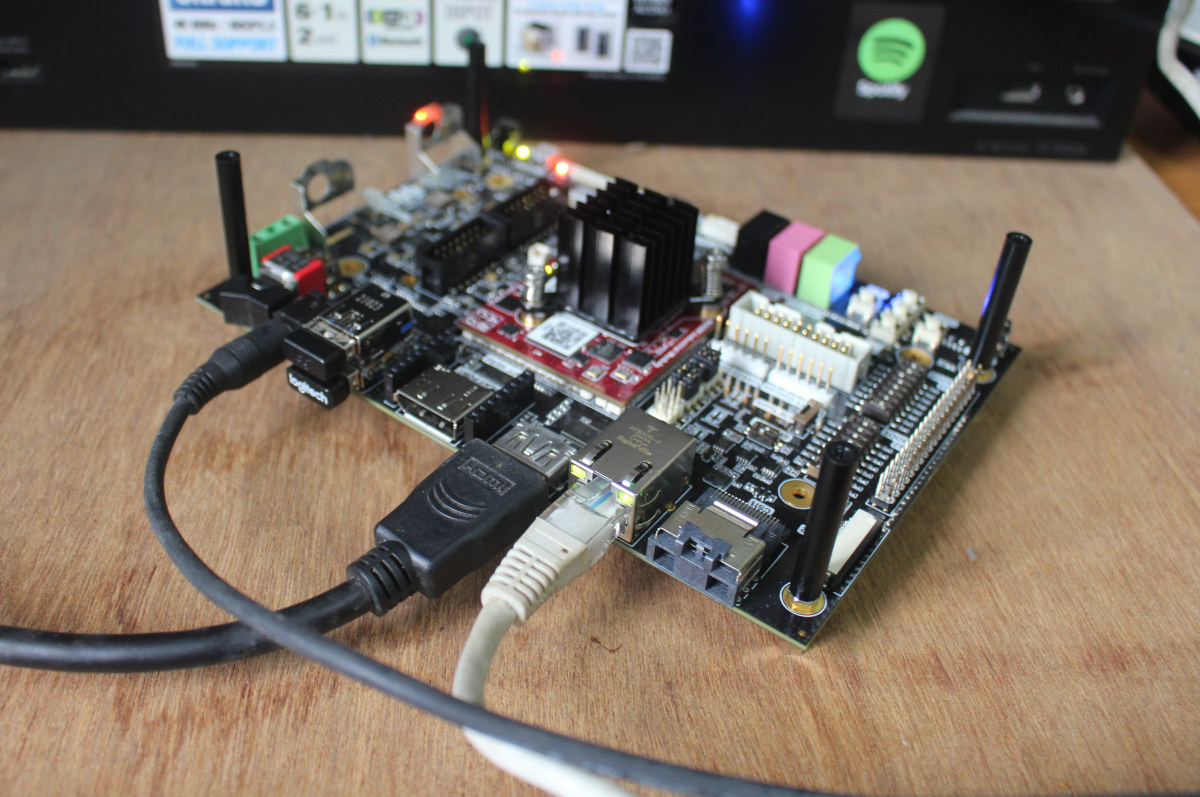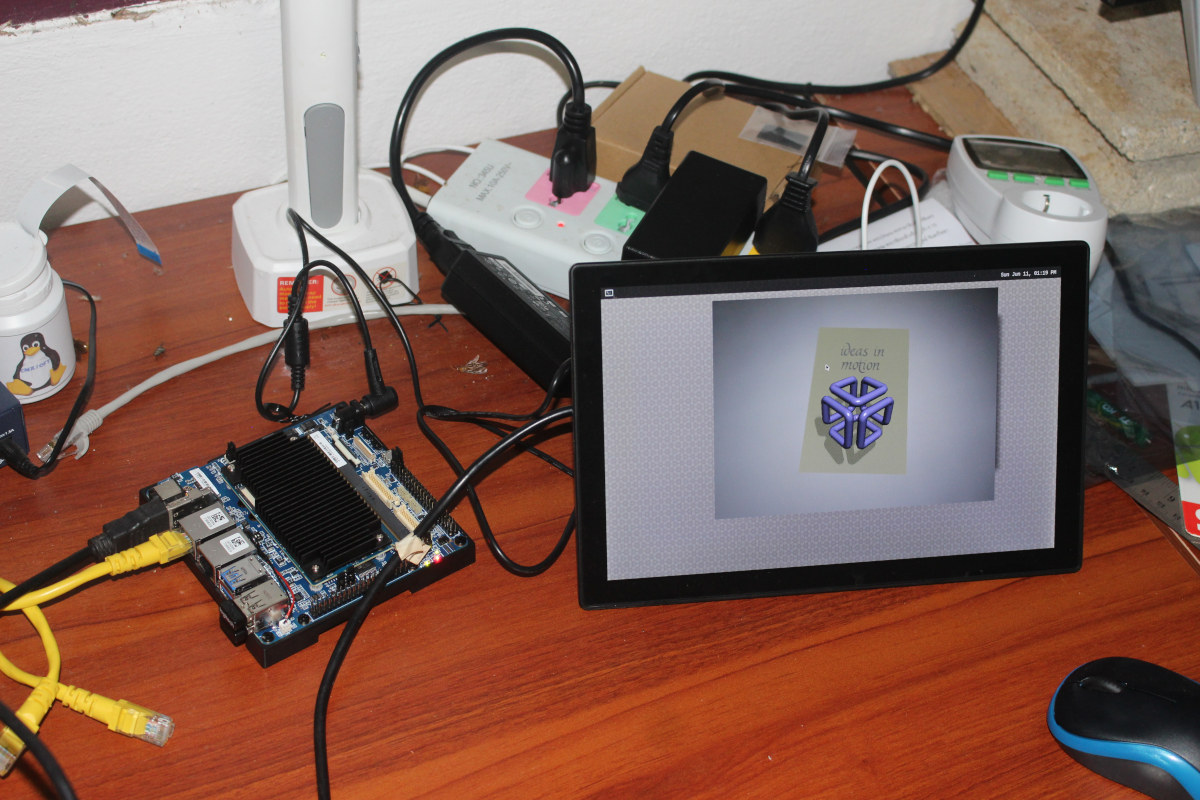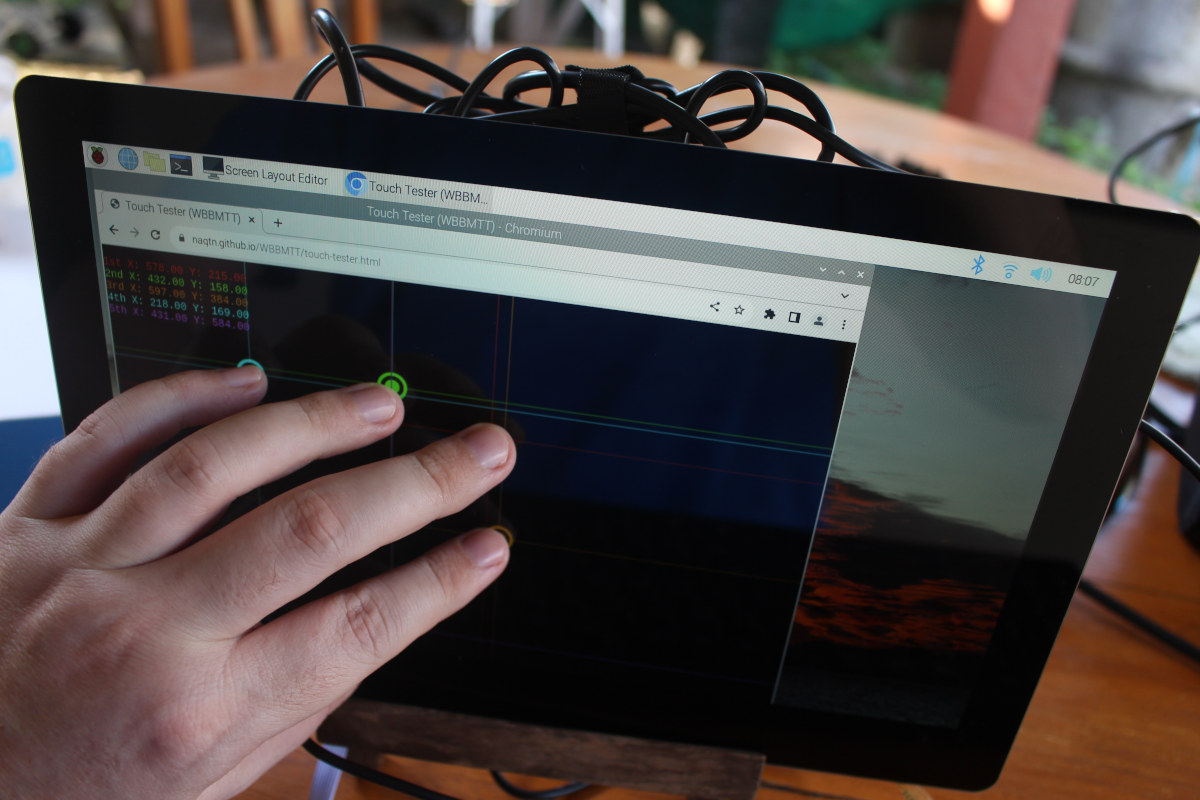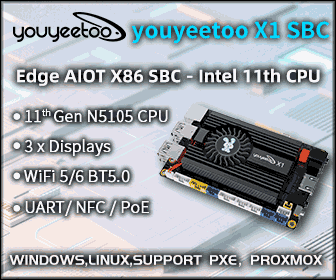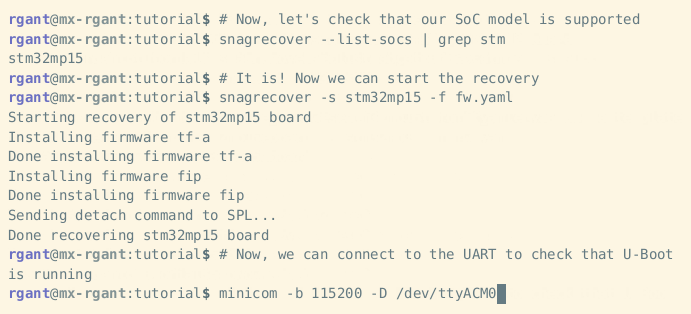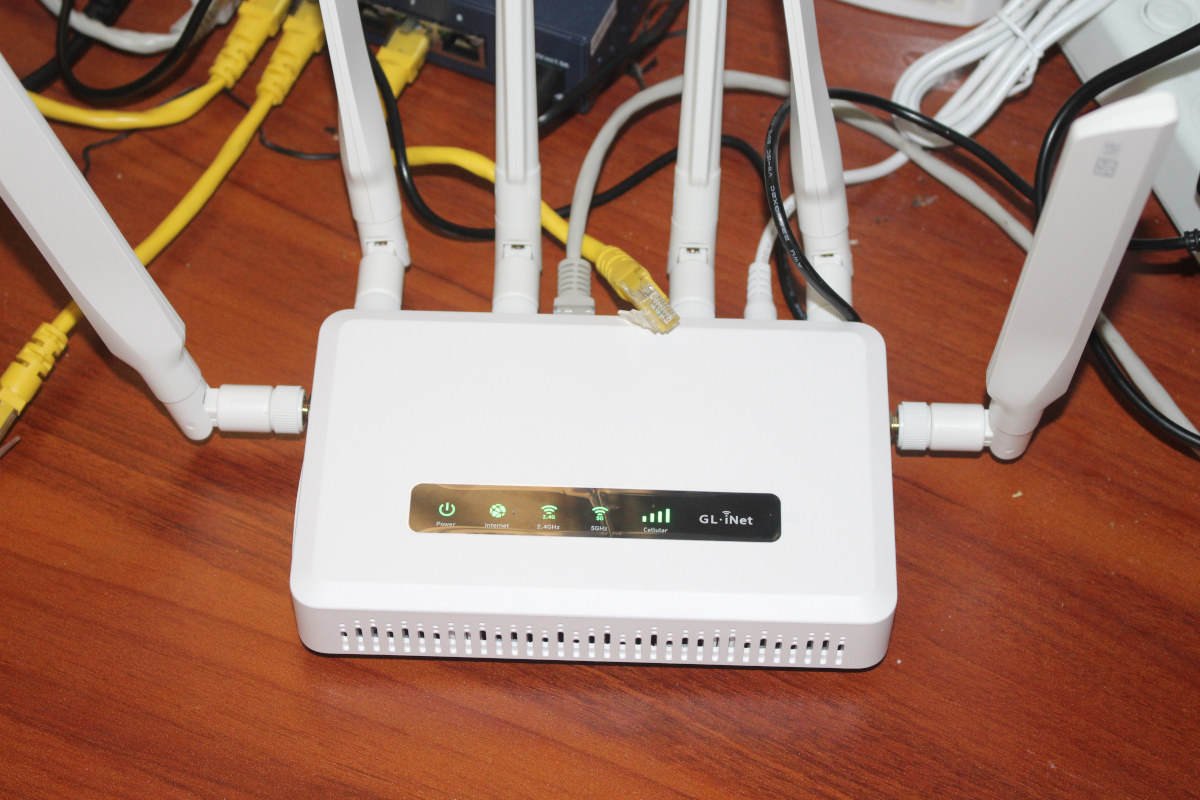ALFA Network HaLow-U – An 802.11ah WiFi HaLow USB adapter supporting AP and STA mode
ALFA Network HaLow-U is an 802.11ah WiFi HaLow USB adapter based on the Newracom NRC7292 chipset and NXP i.MX 6 processor that works both in access point (AP) and client (STA) modes. It delivers long-range WiFi up to one kilometer in the 900 MHz frequency ISM bands and is mostly useful for IP cameras and high-end sensors. The ecosystem around WiFi HaLow (802.11ah) is expanding slowly, but surely, and we previously covered a mini PCIe card, a WiFi HaLow development board, and a gateway kit to extend the range of IP cameras, and also ALFA Network’s AHPI7292S Raspberry Pi HAT that found its way into RAKWireless WisGate Connect gateway. The new HaLow-U USB adapter adds another way to bring WiFi HaLow connectivity to more devices. HaLow-U specifications: SoC – NXP i.MX6 Arm Cortex-A9 processor System Memory – 256MB DDR3 Storage – 32MB NOR flash Connectivity 802.11ah HaLow Newracom NRC7292 chipset […]


